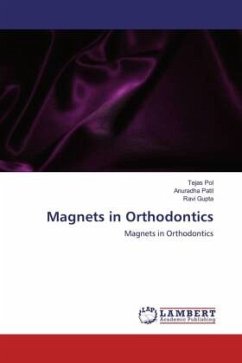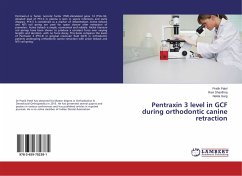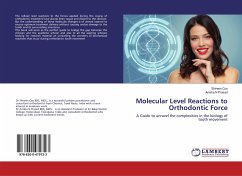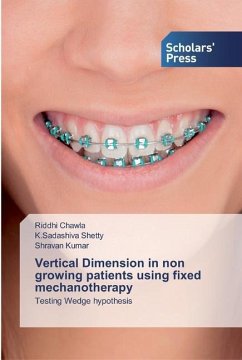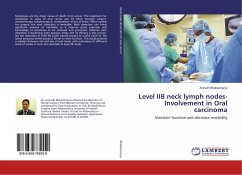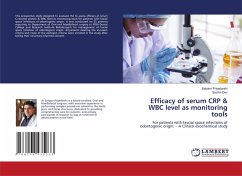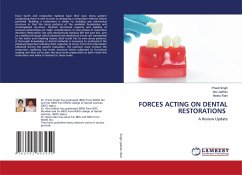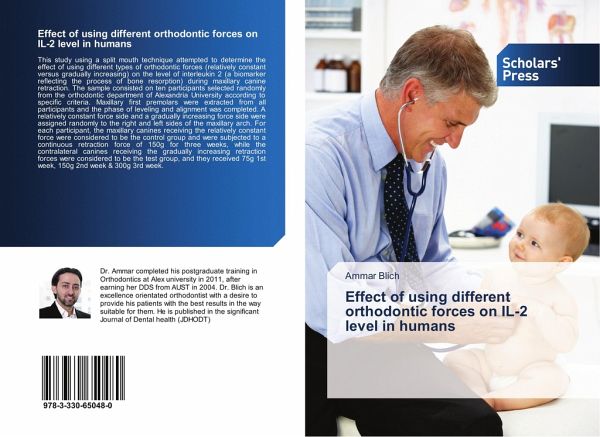
Effect of using different orthodontic forces on IL-2 level in humans
Versandkostenfrei!
Versandfertig in 6-10 Tagen
30,99 €
inkl. MwSt.

PAYBACK Punkte
15 °P sammeln!
This study using a split mouth technique attempted to determine the effect of using different types of orthodontic forces (relatively constant versus gradually increasing) on the level of interleukin 2 (a biomarker reflecting the process of bone resorption) during maxillary canine retraction. The sample consisted on ten participants selected randomly from the orthodontic department of Alexandria University according to specific criteria. Maxillary first premolars were extracted from all participants and the phase of leveling and alignment was completed. A relatively constant force side and a g...
This study using a split mouth technique attempted to determine the effect of using different types of orthodontic forces (relatively constant versus gradually increasing) on the level of interleukin 2 (a biomarker reflecting the process of bone resorption) during maxillary canine retraction. The sample consisted on ten participants selected randomly from the orthodontic department of Alexandria University according to specific criteria. Maxillary first premolars were extracted from all participants and the phase of leveling and alignment was completed. A relatively constant force side and a gradually increasing force side were assigned randomly to the right and left sides of the maxillary arch. For each participant, the maxillary canines receiving the relatively constant force were considered to be the control group and were subjected to a continuous retraction force of 150g for three weeks, while the contralateral canines receiving the gradually increasing retraction forces were considered to be the test group, and they received 75g 1st week, 150g 2nd week & 300g 3rd week.



